Thinking About a Tattoo Sleeve? Here’s the Real Talk You Need
So, you’re thinking about getting a sleeve. Awesome. It’s one of the most rewarding and personal art forms you can invest in. I’ve spent years in the artist’s chair, guiding people through this exact process, and let me tell you, a great sleeve is so much more than just a bunch of cool pictures on your arm. It’s a commitment—of your vision, your time, and yeah, your money.
In this article
- First, What’s Actually Happening to Your Skin?
- The Tools of the Trade
- How a Sleeve is Actually Built, Step-by-Step
- Popular Styles and What They Mean for You
- The Practical Stuff: Money, Pain, and Finding Your Artist
- Advanced Topics: Cover-ups, Scars, and Body Changes
- The Finish Line: Healing and Long-Term Care
- Galerie d’inspiration
My goal here isn’t to sell you on the idea. It’s to give you the straight-up, honest advice I share in my studio every single day. This is the stuff that helps you walk in prepared, ask the right questions, and walk out with a piece of art you’ll be obsessed with for life. We’ll get into everything: how the ink actually works, what the process feels like, the real cost, and how to heal it like a pro. Let’s dive in.

First, What’s Actually Happening to Your Skin?
It’s good to know the basic science behind tattooing. Honestly, it helps you understand why aftercare is so critical. It’s not magic; it’s a very precise process of depositing pigment into a specific layer of your skin.
Think of your skin as having three layers. The top one, the epidermis, is constantly shedding. If we put ink there, your tattoo would literally flake away in about a month. No good. The layer we’re aiming for is the one right below it, the dermis. It’s stable, full of collagen, and it holds onto ink permanently. The bottom layer is mostly fat, and we want to avoid that. When a needle goes too deep, the ink spreads out and creates a blurry, bruised look that we call a “blowout.” A good artist knows the feel of hitting that dermis sweet spot.
So, Why Does the Ink Stay?
When the needles do their work, your body’s immune system goes on high alert. Tiny cells called macrophages rush to the area to “eat” the foreign ink particles and clean up the wound. But here’s the cool part: many of these cells, now loaded with pigment, are too heavy to be carried away by your lymphatic system. They just get stuck in the dermis, holding the ink in place for good. That’s your tattoo! Over a lifetime, as those cells slowly die and get replaced, the ink can get re-absorbed by new cells, which is why tattoos can soften up just a little bit over many, many decades.
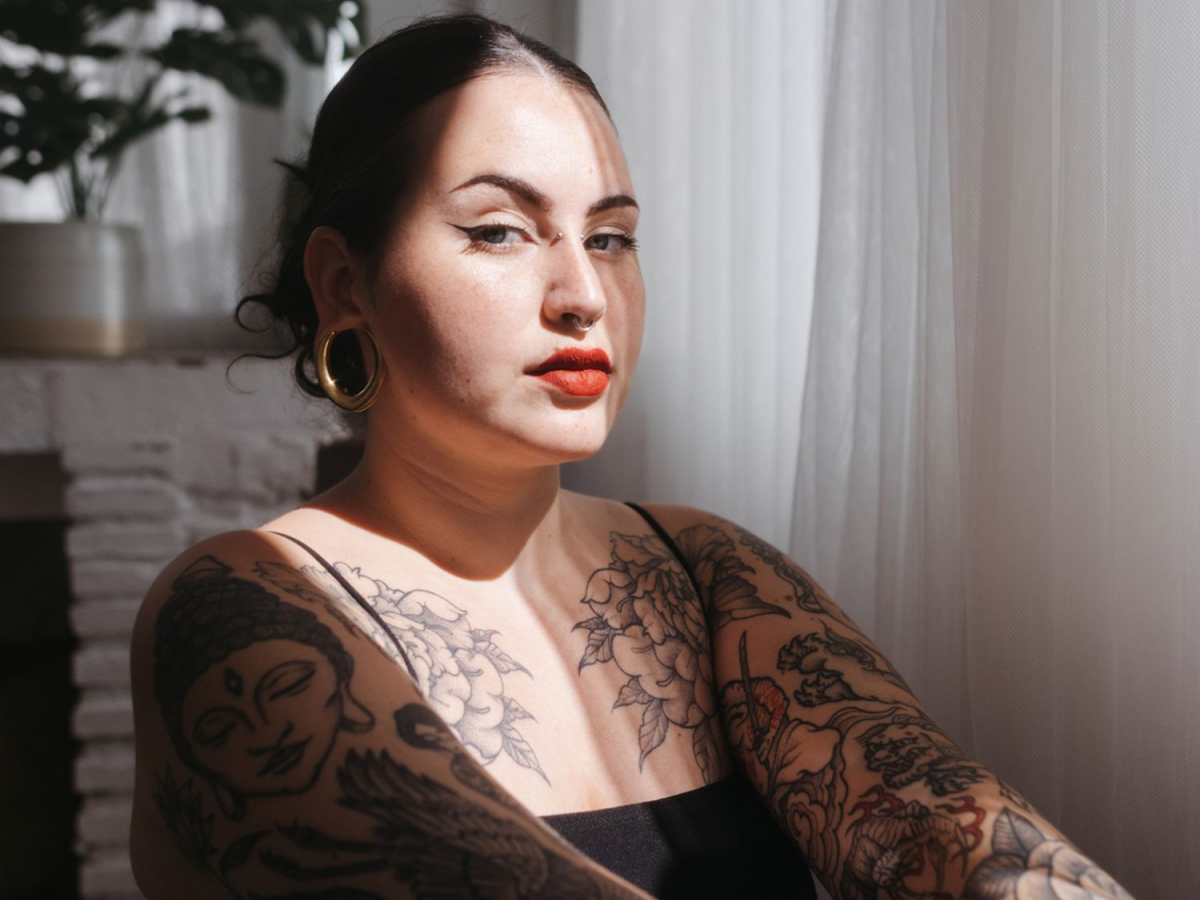
The Tools of the Trade
We use different tools for different effects, which is why outlining feels so different from shading. Think of it like drawing with a fine-point pen versus a big, soft charcoal stick.
- Liners: These are tight clusters of needles used to create those crisp, solid lines that form the foundation of your design. Getting a clean line in one steady pass is a core skill.
- Shaders: These needles are spread out, often in a flat row (we call them ‘magnums’). They’re for filling in color and creating those soft, smooth gradients. The technique is more of a sweeping motion to build up tone without damaging the skin.
How a Sleeve is Actually Built, Step-by-Step
A jaw-dropping sleeve doesn’t happen by chance; it’s a carefully planned project. Every step, from the first chat to the final touch-up, is deliberate.
The Consultation: Your Most Important Hour
This is where the magic begins. A good consultation is a real conversation. We’ll talk about your theme and the elements you love, but more importantly, we’ll talk about flow. Your arm is a unique, tapered canvas. A design needs to wrap and move with your body to look like it truly belongs there. I’ll often sketch directly onto a tracing of your arm to show you how a design will curve around your elbow or fill the space on your inner bicep.
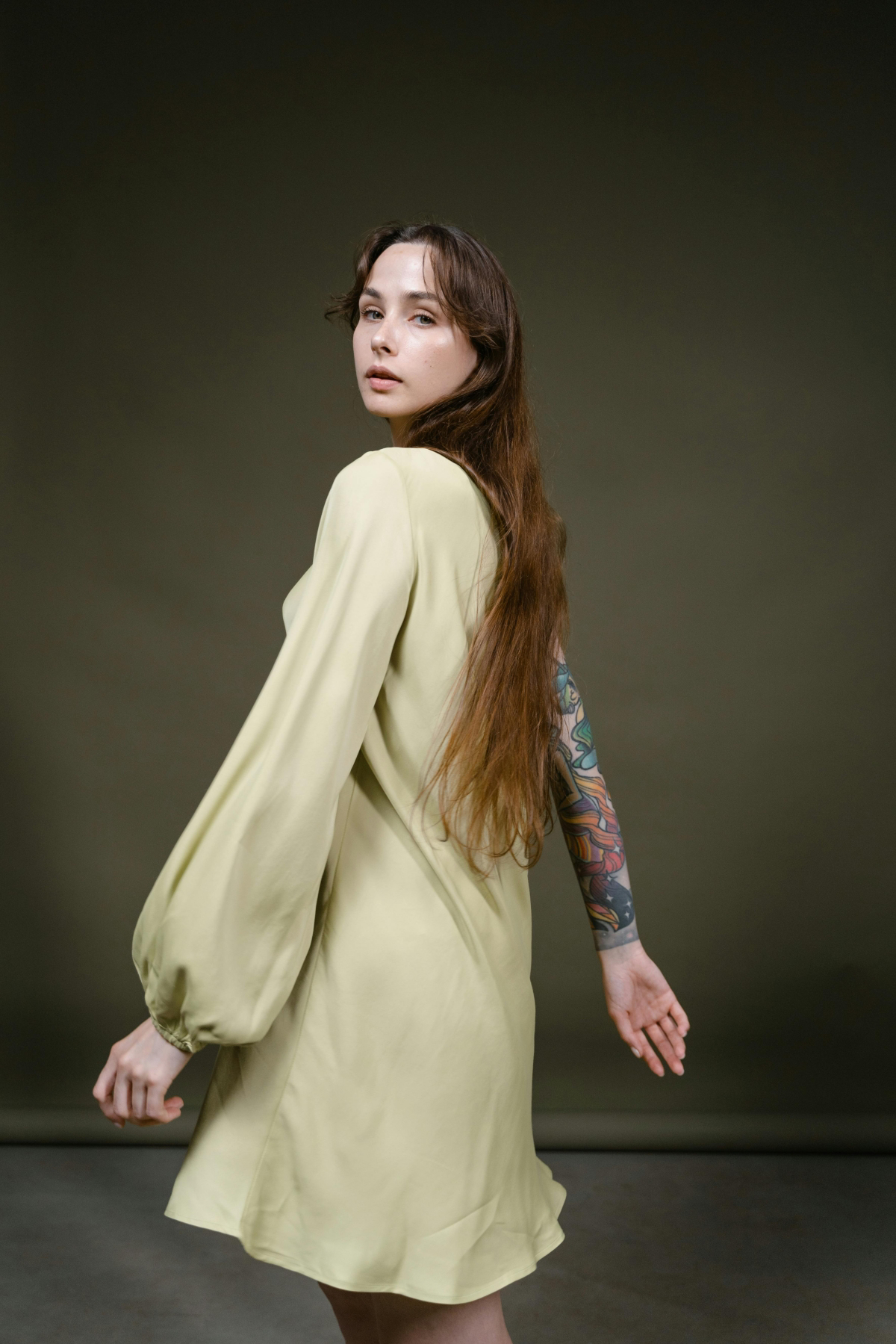
Beginner’s Homework: Before you even think about emailing an artist, do this. Create a secret Pinterest board. Pin 5-10 tattoos where you absolutely love the style (the lines, the shading, the feel) and 5-10 images of the subject matter you want (specific flowers, animals, symbols, etc.). This helps you—and your artist—get a crystal-clear vision.
Working with Your Body’s Anatomy
The best sleeves use your natural anatomy to their advantage. Here’s a quick pain map and design guide for the arm:
- Shoulder Cap: This rounded area is perfect for a central piece like a mandala, an animal’s face, or a big flower. Pain-wise, it’s pretty manageable for most. Let’s call it a 4/10.
- Outer Bicep & Forearm: This is prime real estate. It’s highly visible and one of the easiest spots. There’s plenty of muscle and flesh to cushion the needle. Pain level? A totally doable 3/10.
- The Wrist: Great for a cuff design to finish the sleeve, but it gets more sensitive as you get closer to the hand. The bone is right there. We’re creeping up to a 7/10.
- The Ditch (Inner Elbow) & Armpit: Okay, let’s be real. This is the spicy spot. The skin is thin, stretchy, and loaded with nerve endings. This is a solid 9/10 on the pain scale. We’ll definitely need snacks and a good playlist for this part.
- The Elbow: Tattooing directly on the bone is no joke. It’s a unique, rattling vibration that’s intensely uncomfortable. A solid 8/10.
We connect these main areas with background elements—like smoke, clouds, filigree, or geometric patterns—to create a single, cohesive piece instead of a bunch of random ‘stickers’.
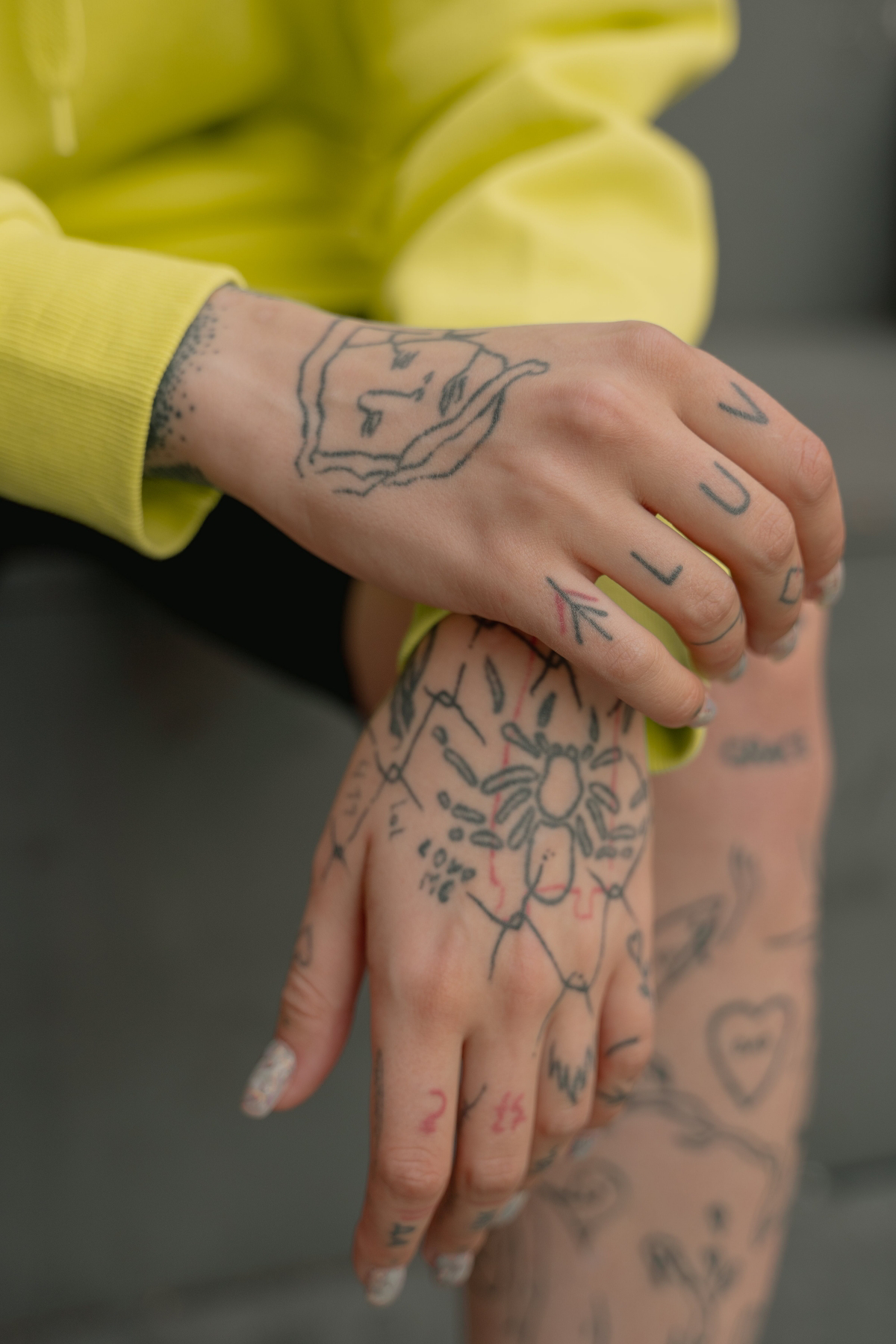
The Sessions: It’s a Marathon, Not a Sprint
A full sleeve can take anywhere from 20 to 50+ hours. We break this down into multiple sessions, usually 3-4 hours each. Any longer than that and your skin gets swollen and your pain tolerance plummets. A typical project looks like this:
- Session 1 (and maybe 2): We lay down all the linework. This is the blueprint.
- Healing Break: You’ll need a good 3-4 weeks for the lines to fully heal.
- Subsequent Sessions: We start systematically filling everything in, usually working on one section at a time, like the upper arm or the forearm.
- Final Touches: After it’s all healed, you might come back for one last short session to add bright white highlights or touch up any spots that healed a little light.
Popular Styles and What They Mean for You
The artist and style you choose will define the look of your sleeve. Here are a few heavy hitters:
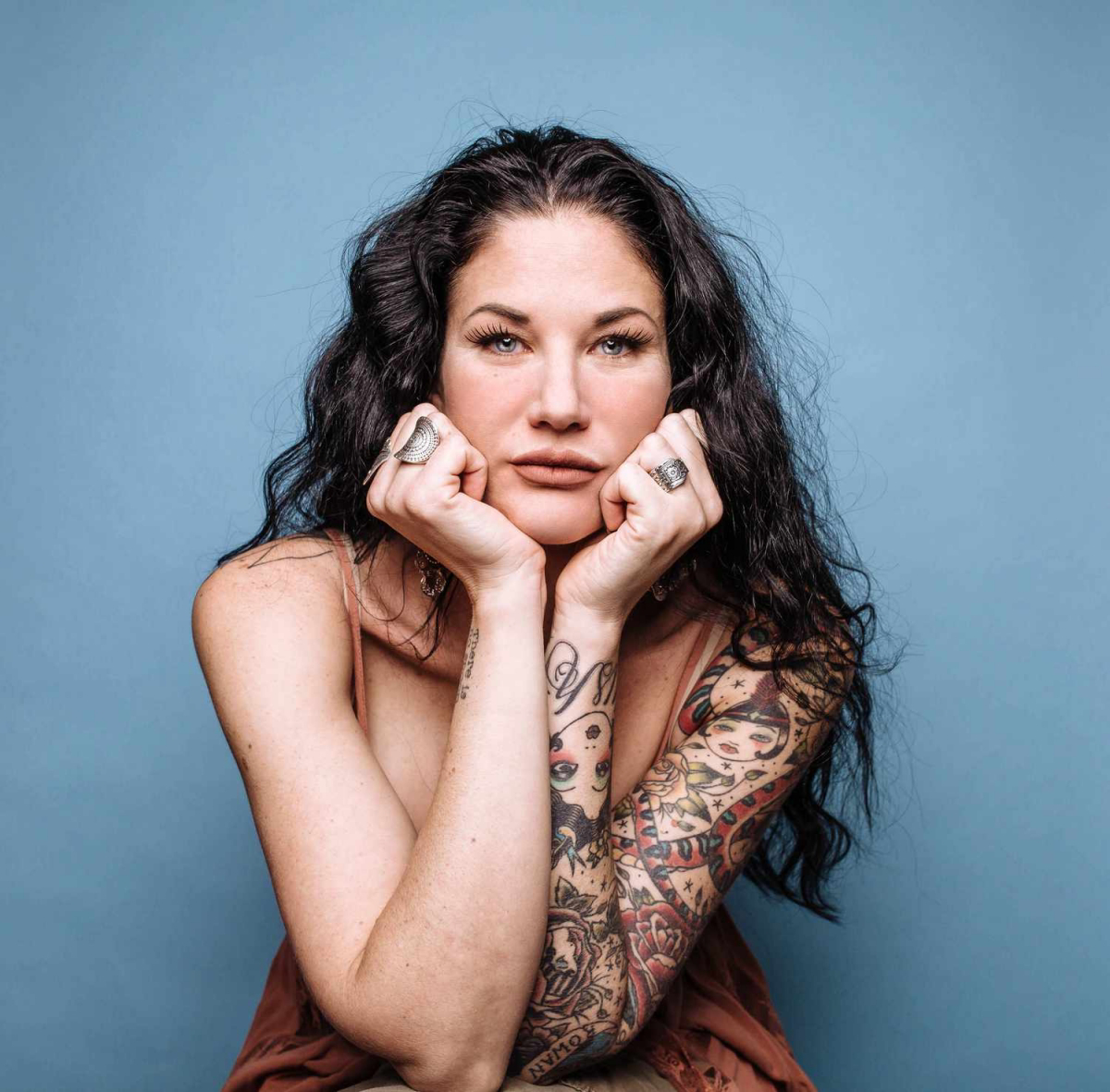
American Traditional: Think bold to hold. This style is built on thick black outlines, a limited but powerful color palette (classic reds, greens, yellows), and iconic imagery. These tattoos are designed to be easy to read and to age incredibly well. It’s a powerful, timeless look.
Japanese Traditional (Irezumi): This style is the master of flow and storytelling. A true Japanese sleeve is one unified piece, often with a large central subject (like a dragon or koi) set against a consistent background of wind, water, or clouds. The background is just as important as the subject, tying the whole arm together.
Black and Grey Realism: This is like having a photorealistic drawing on your skin. Using various shades of greywash (black ink diluted to different strengths), an artist can create incredible depth and dimension. It’s perfect for portraits, nature scenes, and statuesque figures. A heads-up for this style: it requires diligent sun protection, as UV rays can wash out the subtle details over time.

A Note on Skin Tone
A skilled artist knows how to make a design pop on any skin tone. It’s not about limitation; it’s about smart design. For darker skin, contrast is your best friend. Bold black outlines, rich jewel tones (deep reds, greens, blues), and clever use of negative space look absolutely stunning. We’ll design something with strong darks and saturated colors to ensure the final piece is clear, powerful, and built just for you.
The Practical Stuff: Money, Pain, and Finding Your Artist
Okay, let’s get down to the nitty-gritty. This is where the dream meets your calendar and your wallet.
How to Find the Right Artist (and Not Mess It Up)
This is the most critical decision you’ll make. Do not rush it.
- Look for HEALED Work: Fresh tattoos on Instagram always look perfect. The real test is how they look a year or five later. Artists who are proud of their craft will show off their healed work. That’s your proof of quality.
- Find a Specialist: Find an artist who consistently does the style you want. You wouldn’t ask a plumber to do your electrical work, right? Same idea.
- The First Email: Don’t just write “Hey, how much for a sleeve?” You’ll get a better, faster response if you’re professional. Quick tip: use a template like this.
Subject: Sleeve Inquiry – [Your Name]
Body: Hi [Artist’s Name], I’m a huge fan of your [mention their style, e.g., ‘black and grey floral’] work and I’m looking to start a full sleeve. My idea is based on [describe your theme, e.g., ‘mythological creatures and botanicals’]. I’ve attached my Pinterest board for inspiration and a clear photo of my arm. Could you let me know what your booking process and availability look like? Thanks! - Trust Your Gut: Visit the shop. Is it spotless? Do you feel respected and heard by the artist? A tattoo shop should feel as clean as a clinic. If the vibe is off, walk away. Seriously.
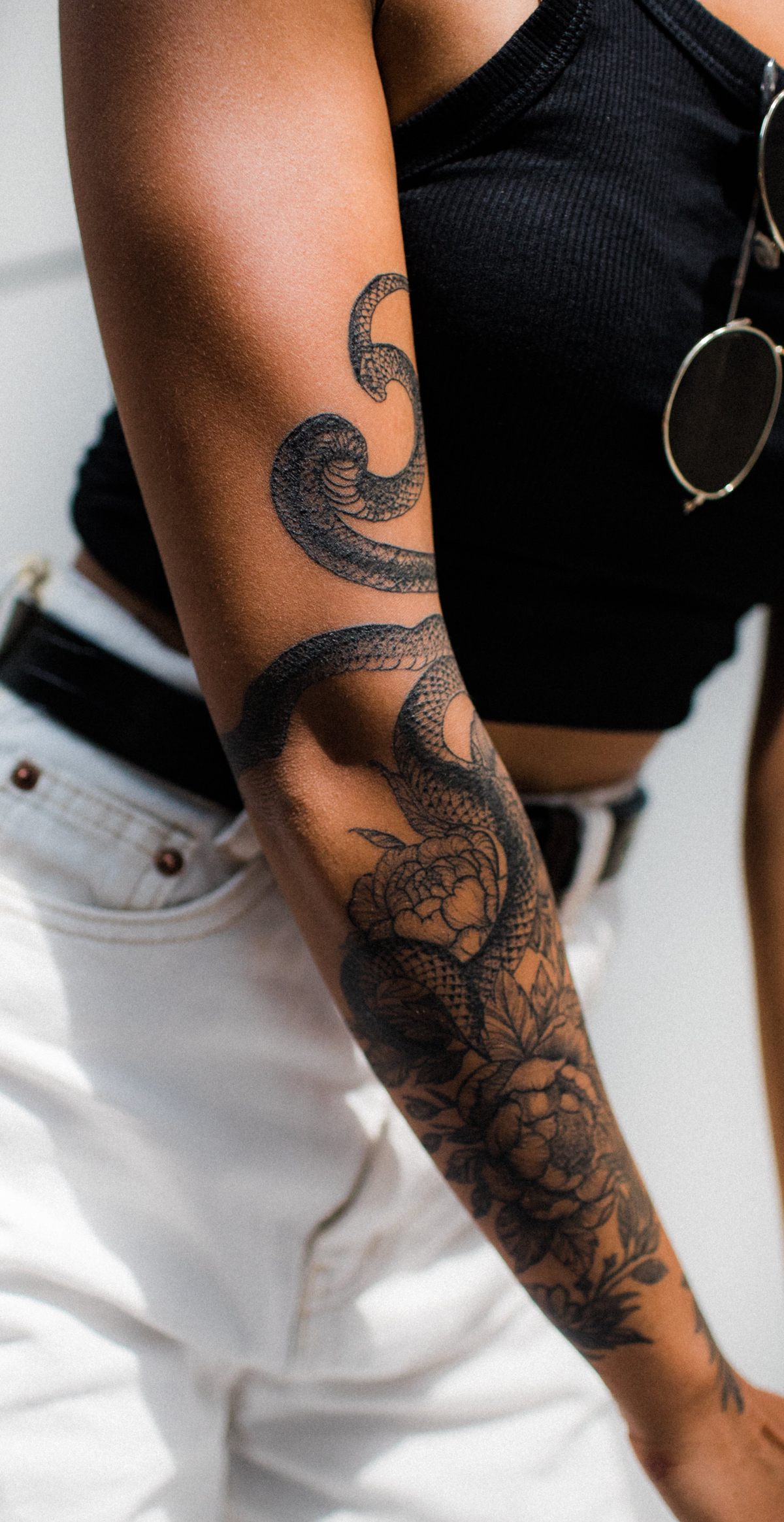
Budgeting for Your Sleeve
A quality sleeve is an investment. Most pro artists charge by the hour, ranging from $150 to $350+ depending on their skill and location. For a 30-hour sleeve, you could be looking at a total cost between $4,500 and $10,500. Be very wary of anyone offering a cheap flat rate—you get what you pay for. Most of us are happy to space sessions out to fit your budget.
Oh yeah, and people always ask about tipping. It’s never required, but if you’re thrilled with the hours of custom work and artistry, a 15-20% tip is a very appreciated gesture.
Advanced Topics: Cover-ups, Scars, and Body Changes
Sometimes a sleeve has to do more than just look good; it has to solve a problem.
Cover-ups: A cover-up isn’t an eraser. The rule is you have to go bigger and darker. We use busy, textured designs (like dense florals or Japanese backgrounds) to camouflage the old tattoo. Sometimes, a few sessions of laser removal to lighten the old piece can open up way more design possibilities.
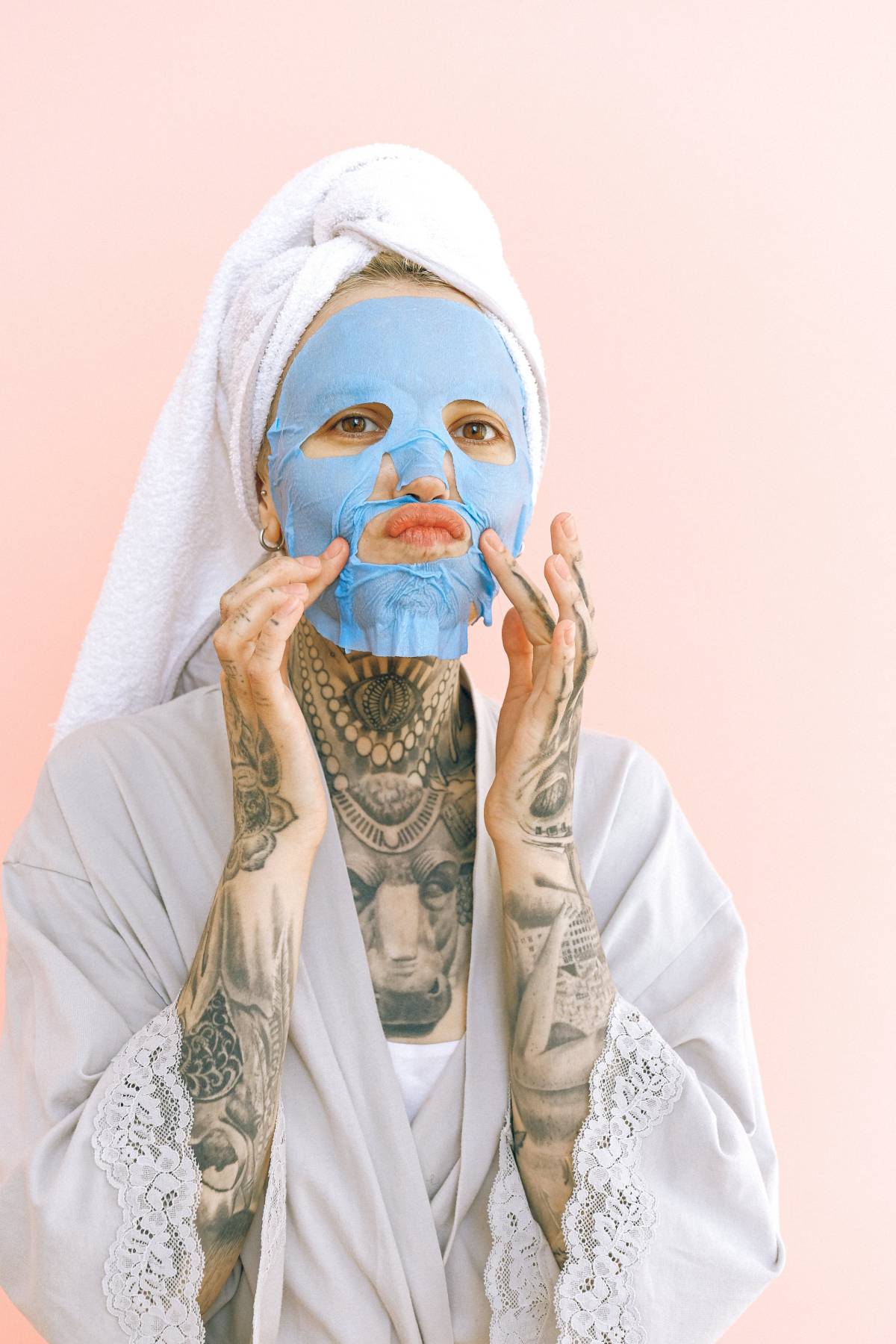
Tattooing over Scars and Stretch Marks: This can be a really empowering way to reclaim your skin. The key is that the tissue must be fully healed—meaning pale or white, not pink and angry. This can take a year or more. Scar tissue and stretch marks hold ink differently, so a skilled artist will work carefully. Flowing, organic designs like flowers or water are fantastic for camouflaging texture.
A quick note on body changes: Minor weight fluctuations won’t really affect your sleeve. However, significant weight gain or loss can cause some stretching or distortion, especially in high-elasticity areas like the inner bicep. Also, it’s highly recommended to wait until after pregnancy and breastfeeding to get tattooed. Your body and immune system are doing incredible things, and it’s best to wait until things have settled.
The Finish Line: Healing and Long-Term Care
Getting the tattoo is just the first half. How you care for it determines how it will look forever.
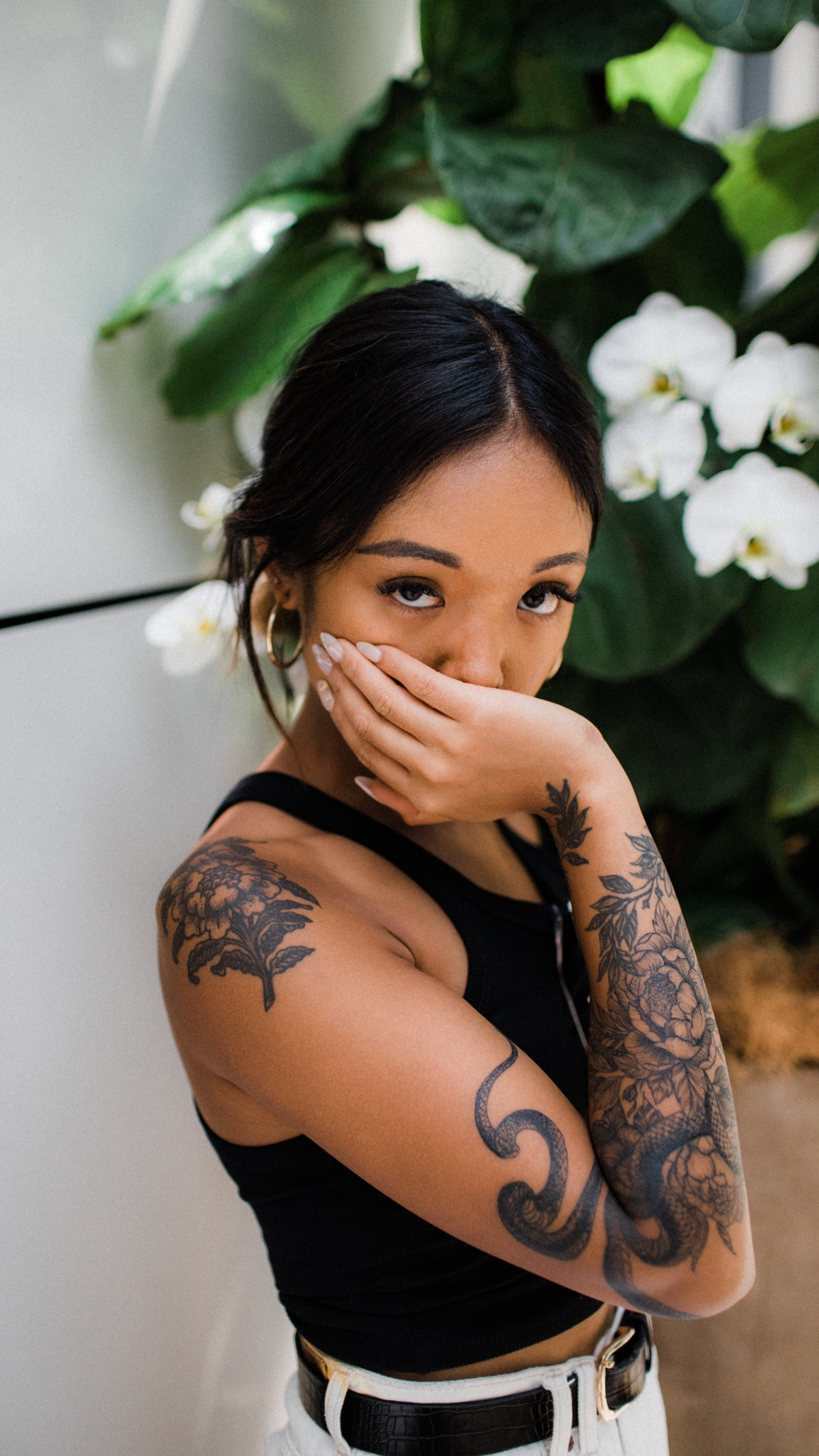
Your Aftercare Shopping List
Keep it simple. Go to any drugstore and grab these two things: a bottle of gentle, unscented antibacterial soap (like Dial Gold) and a tube of Aquaphor. That’s it. Your whole kit will cost you about $15. Don’t fall for fancy, overpriced creams.
Healing: What’s Normal vs. What’s a Red Flag
A fresh tattoo is an open wound. For the first few days, it will be red, a little swollen, and might weep clear plasma. Here’s a quick guide to what you can expect:
- Normal (but maybe scary-looking) Healing: Gentle washing 2-3 times a day, applying a paper-thin layer of Aquaphor. It will start to flake and peel like a sunburn after a few days. IT WILL BE ITCHY. Do not scratch or pick at the scabs—this will pull the ink out. Slapping it lightly can help with the itch. After the peeling stops, it will look waxy and dull for a couple of weeks. This is all totally normal.
- Uh-Oh, This Might Be an Infection: If you see greenish or yellow pus, if the area is hot to the touch after the first 48 hours, or if you see red streaks extending from the tattoo, that’s a red flag. Contact your artist and a doctor right away. This is very rare with a professional artist and proper aftercare, but it’s important to know the signs.
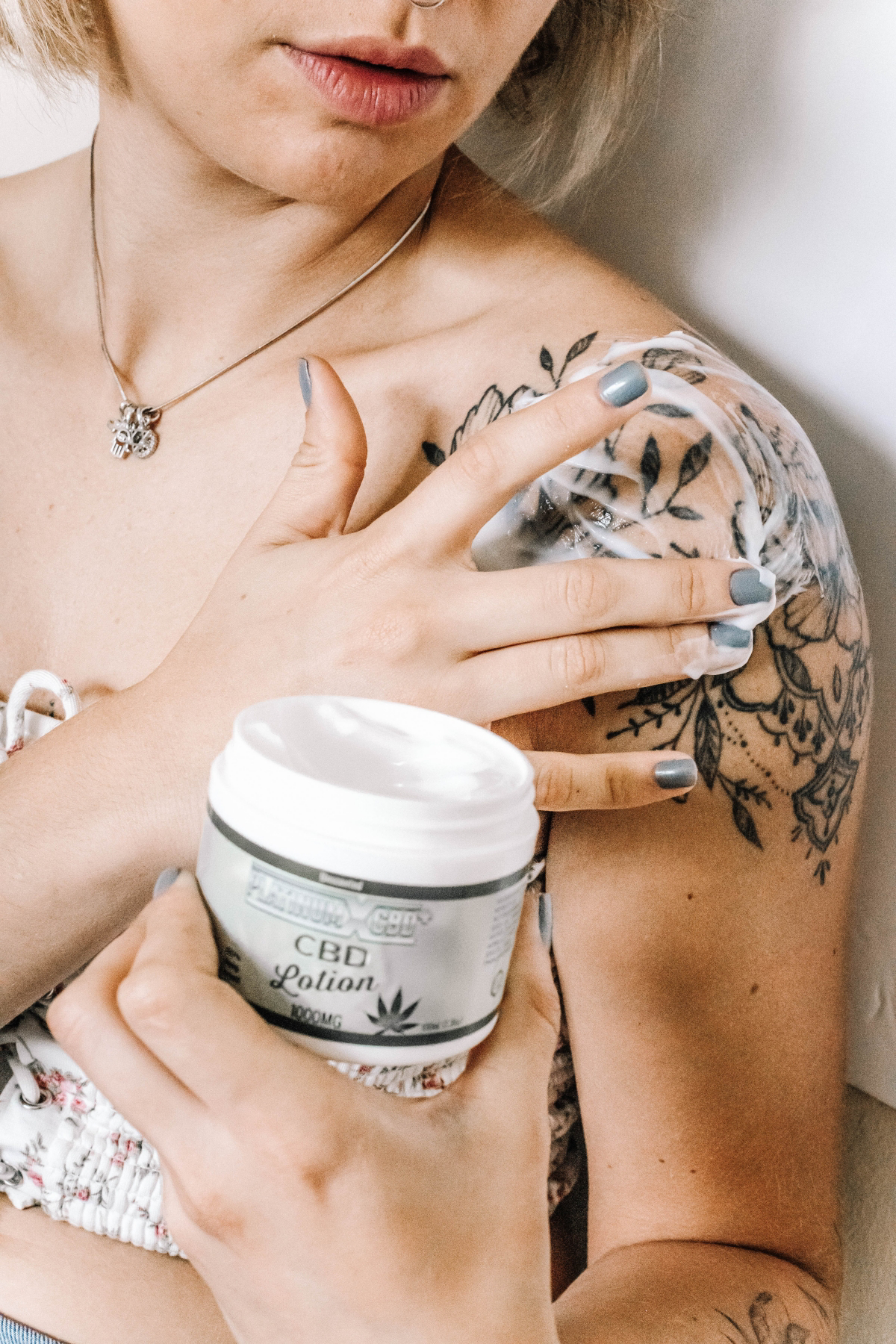
Keeping It Sharp for Life
Once it’s healed, your tattoo has one main enemy: the sun. UV rays break down ink particles and will fade your art faster than anything else. The single best thing you can do is to always apply a high-SPF sunscreen (30 or higher) to your sleeve. It’s a simple habit that will keep your lines crisp and your colors bright for decades to come.
And that’s it. A well-planned, well-executed sleeve is a collaboration, a story you get to wear every day. I hope this helps you start writing a great one.
Galerie d’inspiration
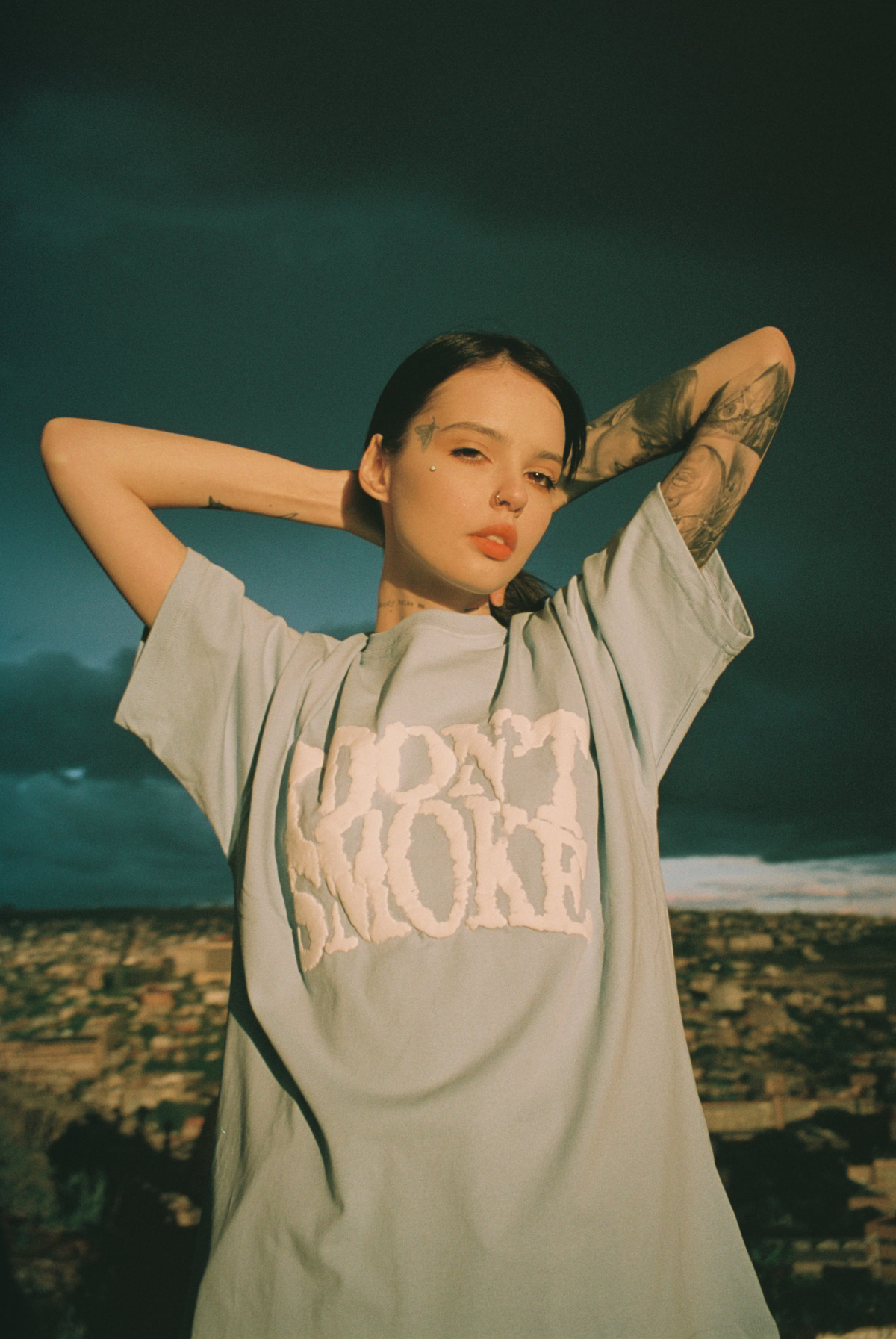

Cohesive Sleeve: This is a single, large-scale piece designed to flow as one unified artwork. Often created by one artist, it has a consistent theme, color palette, and style (like a Japanese-style dragon wrapping the arm). It requires significant planning upfront.
Patchwork Sleeve: This style is built over time, collecting smaller, individual tattoos from one or more artists. It tells a story of your life’s moments and evolving tastes. The challenge is making the pieces work together, often using stars, dots, or other small fillers to create a sense of unity later on.
Your choice depends on your personality: are you a meticulous planner or a spontaneous collector?
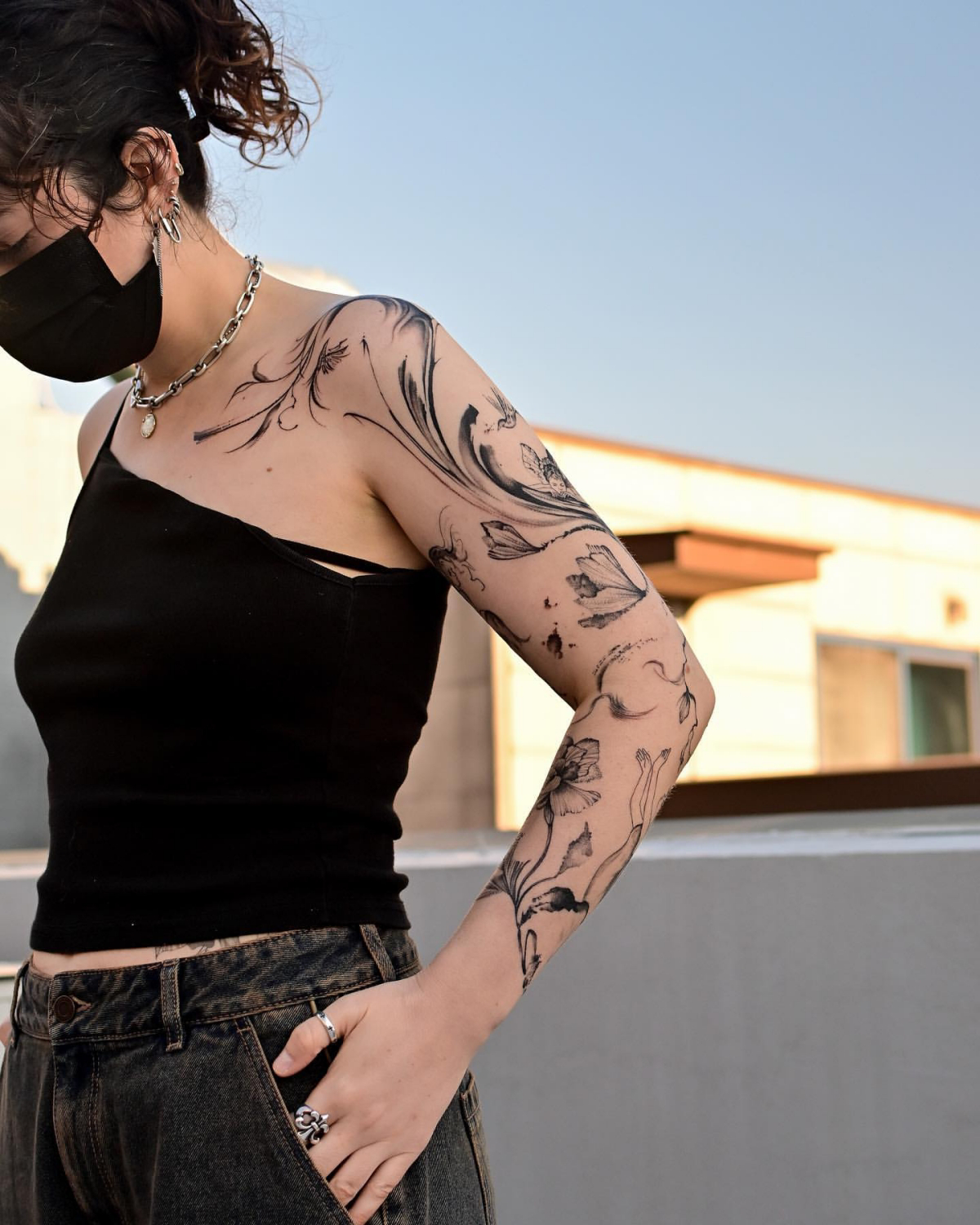
Sunlight is the number one enemy of a vibrant tattoo. UVA rays penetrate deep into the dermis, where they can break down ink pigments over time, causing colors to fade and black lines to blur and turn greyish.
Think of sunscreen as a non-negotiable part of your daily routine. For a fully healed sleeve, a high-quality, broad-spectrum sunscreen is essential. Look for a lightweight, non-greasy formula like La Roche-Posay Anthelios SPF 50 or a stick specifically for tattoos, like Mad Rabbit’s Defend Tattoo Sunscreen, for easy reapplication throughout the day. It’s the best investment you can make in your art’s longevity.
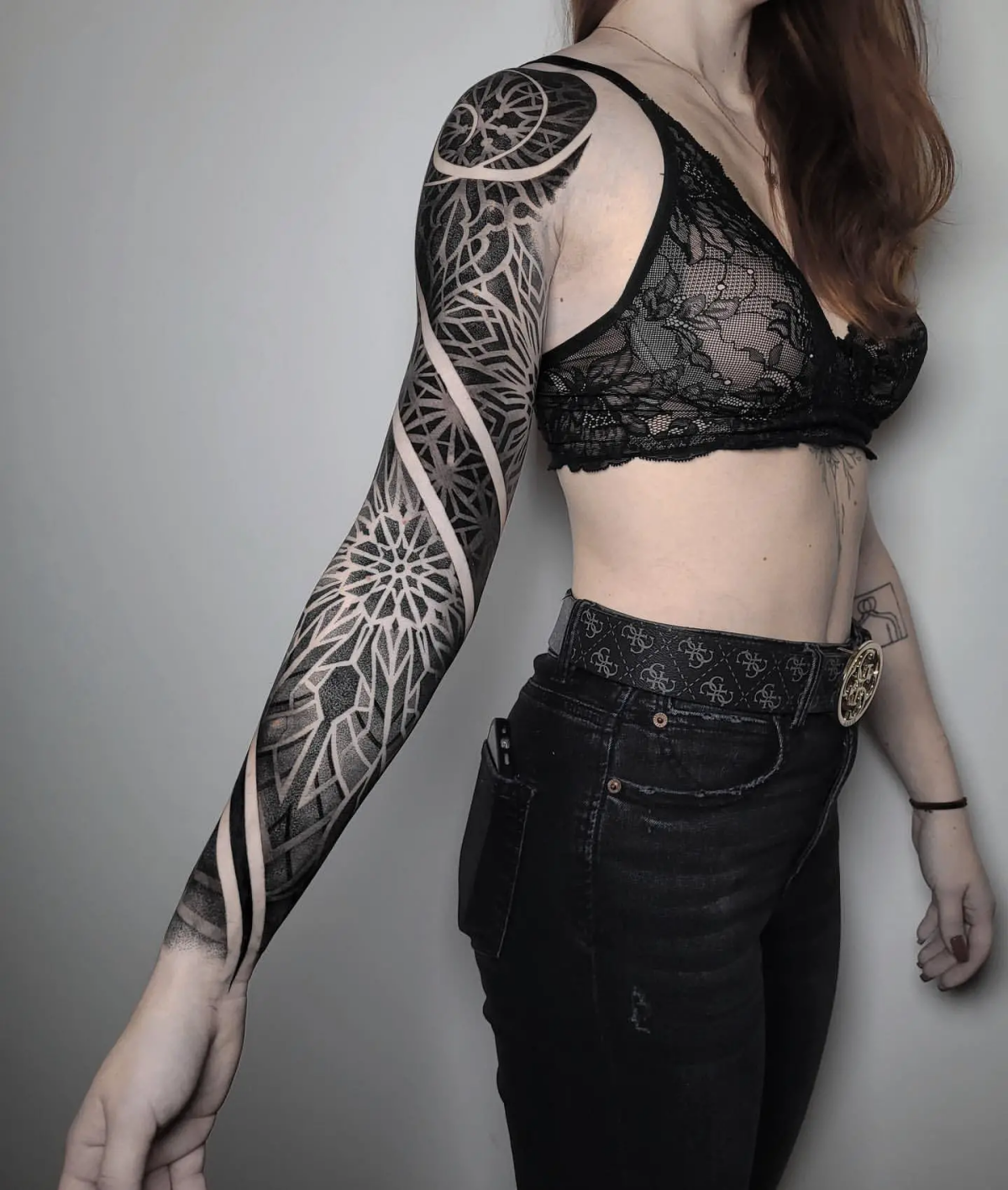
What’s the secret to surviving a six-hour tattoo session?
It’s all about preparation. Treat it like a minor endurance event. The night before, hydrate well and get a full night’s sleep. On the day, have a solid, carbohydrate-rich breakfast. Your artist is focused on the art; you need to focus on keeping your body stable. A well-prepared body handles pain better and helps the skin take ink more effectively, resulting in a better tattoo and an easier healing process.
Your 8-hour session survival kit is just as important as your design idea. Don’t show up empty-handed. Here’s what should be in your bag:
- Sugary Snacks & Drinks: A can of coke, gummy bears, or a protein bar can be a lifesaver for keeping your blood sugar up and preventing dizziness.
- Entertainment: Fully charged noise-canceling headphones are a must. Download podcasts, an audiobook, or a long playlist.
- Comfort: Wear loose, comfortable clothing that gives easy access to the area being tattooed. A zip-up hoodie is perfect for regulating your temperature.
- A Pillow: A small travel pillow can make a huge difference when you have to hold an awkward position for hours.










